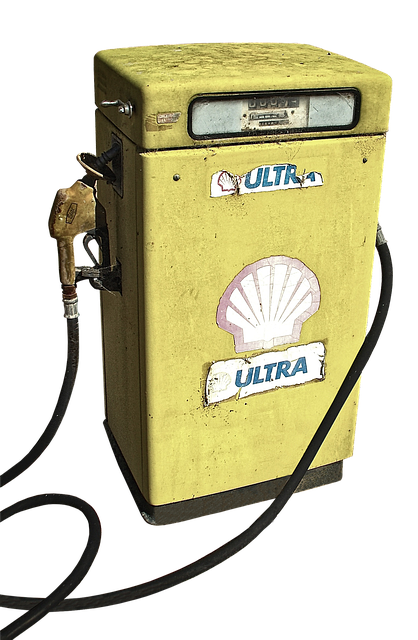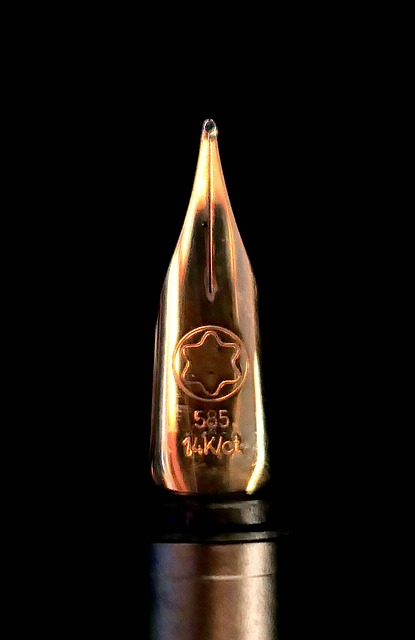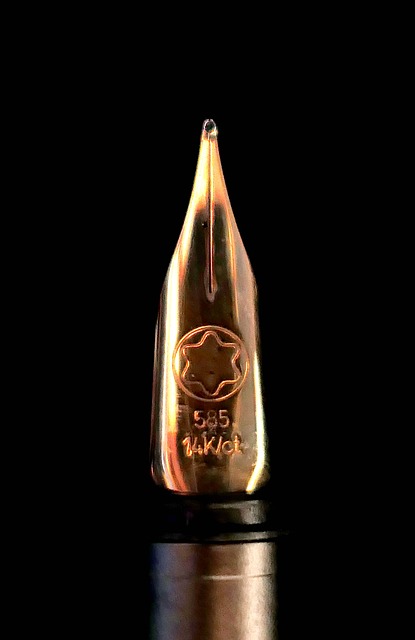This text compares Botox and dermal fillers as treatments for fine lines and wrinkles. Key differences include:
Botox: Relaxes facial muscles to prevent dynamic (expression-related) lines, offering subtle, natural results that last 3-6 months with touch-ups.
Dermal Fillers: Add volume and hydrate skin from within to reduce static (non-expression) lines immediately, lasting longer (up to 2 years) but requiring more frequent maintenance.
The choice between them depends on individual goals, skin type, and severity of wrinkles, with Botox ideal for subtle prevention and dermal fillers suitable for more pronounced results. Both carry risks; consulting a qualified healthcare provider is crucial before treatment.
In the quest for youthful skin, understanding fine lines and their causes is the first step. This article explores effective prevention strategies, focusing on Botox and dermal fillers—two popular, non-surgical treatments. We dissect the mechanisms of Botox in smoothing expressions lines, contrast it with the volumizing effects of dermal fillers, and guide you through benefits, risks, and selection criteria for each. Whether considering Botox vs dermal fillers, informed decisions ensure optimal results and maintain a natural, rejuvenated appearance.
Understanding Fine Lines and Their Causes

Fine lines, often the first visible signs of aging, are a common concern for many individuals. These delicate wrinkles can appear around the eyes, mouth, and forehead due to various factors. Understanding their causes is essential when considering prevention strategies, especially when exploring treatments like Botox or dermal fillers.
While both Botox and dermal fillers offer solutions for fine lines, they work differently. Botox, a protein derived from bacteria, relaxes muscles by blocking nerve signals, preventing contraction-based wrinkles. On the other hand, dermal fillers boost volume loss by injecting hydrogel substances beneath the skin, instantly smoothing out fine lines and adding structure. Each method has its merits, with Botox often favored for more subtle, natural results, while dermal fillers provide quicker, more dramatic enhancements.
The Role of Botox in Preventing Fine Lines

Botox has established itself as a leading player in the skincare game, particularly when it comes to preventing and reducing fine lines and wrinkles. Its mechanism of action involves relaxing muscle contractions, which is key to minimizing dynamic wrinkle formation—wrinkles caused by facial movements like smiling or frowning. By targeting specific muscle groups, Botox can prevent these lines from deepening over time.
When compared to dermal fillers, which add volume and plumpness to the skin, Botox offers a more subtle yet effective approach. Fillers are excellent for immediate results and enhancing certain areas, but Botox is ideal for those seeking long-lasting prevention. It’s a popular choice for individuals aiming to maintain youthful-looking skin by delaying the appearance of fine lines and wrinkles caused by everyday expressions.
Dermal Fillers: An Alternative Approach

When considering fine line prevention, it’s important to explore various options beyond Botox. One alternative that has gained significant traction is dermal fillers. While Botox excels in relaxing muscles to prevent dynamic lines, dermal fillers offer a different approach by plumping and hydrating the skin. These injectables contain substances like hyaluronic acid, collagen, or synthetic materials that mimic natural elements found in our skin, providing immediate results in terms of reducing the appearance of static fine lines and wrinkles.
In comparison to Botox, dermal fillers are often sought after for their ability to add volume and a more substantial effect. They can be particularly effective for deep furrows and hollow areas around the eyes and mouth. Moreover, dermal fillers typically last longer than Botox treatments, making them a convenient choice for those seeking long-term solutions for skin rejuvenation.
Comparing Botox and Dermal Fillers for Line Prevention

When it comes to preventing fine lines and wrinkles, both Botox and dermal fillers are popular choices among aesthetics enthusiasts. However, they work in distinct ways and cater to different needs. Botox, a neurotoxin, relaxes facial muscles, preventing them from contracting and forming wrinkles. This non-invasive procedure is ideal for dynamic lines like frown lines and crow’s feet. On the other hand, dermal fillers enhance the skin’s structure by plumping up areas that have lost volume over time. They are effective in addressing static lines and providing immediate results.
The key difference between Botox and dermal fillers lies in their mechanism of action. Botox focuses on muscle relaxation, while dermal fillers add volume. For line prevention, Botox is often preferred for its ability to target specific areas and provide a subtle, natural-looking result. Dermal fillers, in contrast, are suitable for those seeking more pronounced anti-aging effects quickly. Choosing between the two depends on individual goals, skin type, and the recommendation of a qualified professional.
Benefits of Botox Treatments

Botox treatments offer a multitude of benefits for those looking to prevent or reduce fine lines and wrinkles, making it a popular choice in the skincare industry. One of its key advantages lies in its ability to temporarily paralyze muscle movement, which is the primary cause of dynamic wrinkle formation. By relaxing these muscles, Botox can prevent lines from deepening over time. This non-invasive procedure is particularly effective for treating expression lines around the eyes and mouth—areas where facial expressions contribute significantly to wrinkle development.
When compared to dermal fillers, Botox provides a different approach to skincare. Fillers enhance volume and elasticity by injecting substances like hyaluronic acid into the skin, smoothing out wrinkles from the outside. In contrast, Botox works internally by inhibiting muscle contraction, making it ideal for individuals seeking a more subtle, natural-looking result. Moreover, Botox’s effects are temporary, typically lasting 3-6 months, whereas dermal fillers can offer longer-lasting results, providing a range of options to suit different needs and preferences.
Potential Side Effects and Risks

While Botox is generally considered safe, like any medical procedure, it’s important to be aware of potential side effects and risks. Temporary redness, swelling, or discomfort at the injection site are common, but usually subside within a few days. More serious, yet rare, side effects can include headache, nausea, or muscle weakness. When compared to dermal fillers, Botox offers a different approach to fine line prevention. Fillers provide immediate volume restoration, while Botox works by temporarily paralyzing muscles, preventing the dynamic wrinkle formation that can lead to deeper lines over time.
Comparing Botox to dermal fillers, the former is more suitable for addressing dynamic lines and preventing their progression, whereas fillers are often preferred for adding volume loss or shaping specific facial features. Both have their advantages and may be recommended based on individual needs and concerns. It’s crucial to consult with a qualified healthcare provider who can discuss these differences and potential risks in detail before administering any treatment.
Choosing the Right Treatment Option

When considering fine line prevention, it’s crucial to understand the differences between popular treatments like Botox and dermal fillers. Both offer effective solutions, but they work in distinct ways. Botox, a neurotoxin, relaxes facial muscles responsible for dynamic wrinkling, while dermal fillers enhance volume by smoothing out lines from the inside out.
The choice between Botox and dermal fillers depends on individual needs and goals. For subtle corrections and preventing early signs of aging, Botox is often preferred. Dermal fillers, on the other hand, are ideal for more pronounced wrinkles or loss of facial volume, providing longer-lasting results. Consulting with a qualified dermatologist can help determine the best treatment option tailored to your specific concerns.
Maintenance and Follow-up Care

After your initial Botox treatment for fine line prevention, proper maintenance and follow-up care are essential to maximize results. Unlike dermal fillers, which offer a more immediate yet temporary solution, Botox treatments require regular upkeep. The effects of Botox typically last between 3-6 months, depending on individual factors like metabolism and muscle activity. During this period, it’s crucial to maintain healthy skin through consistent skincare routines, including moisturizing, sun protection, and avoiding excessive sun exposure, which can speed up the breakdown of Botox.
Regular follow-up appointments with a qualified dermatologist or aesthetic specialist are vital for continued fine line prevention. These visits allow for touch-up treatments as needed, ensuring your results remain optimal. Moreover, they provide an opportunity to discuss any concerns, address potential side effects, and receive personalized advice on at-home care. When compared to dermal fillers, which might require more frequent injections but offer longer-lasting results, Botox’s lower maintenance requirement makes it a viable option for those seeking a more subtle yet consistent approach to anti-aging.
